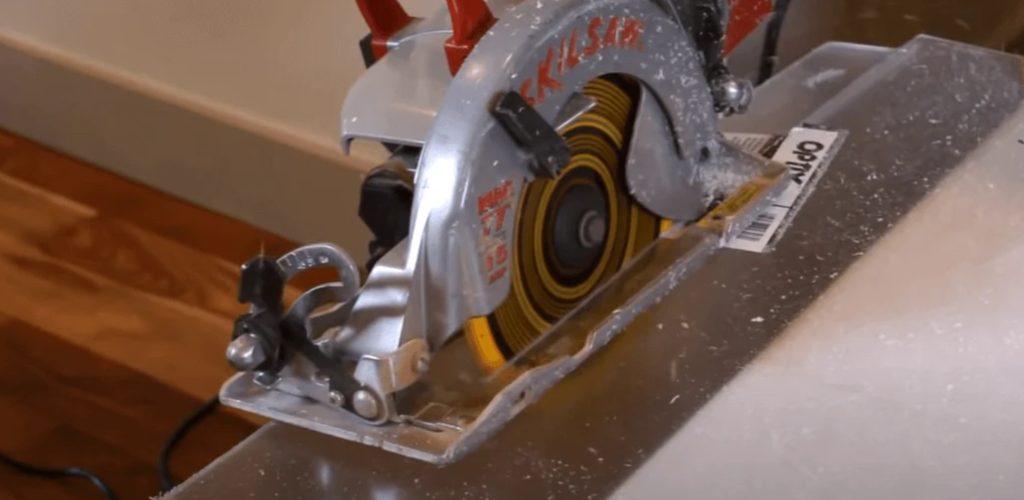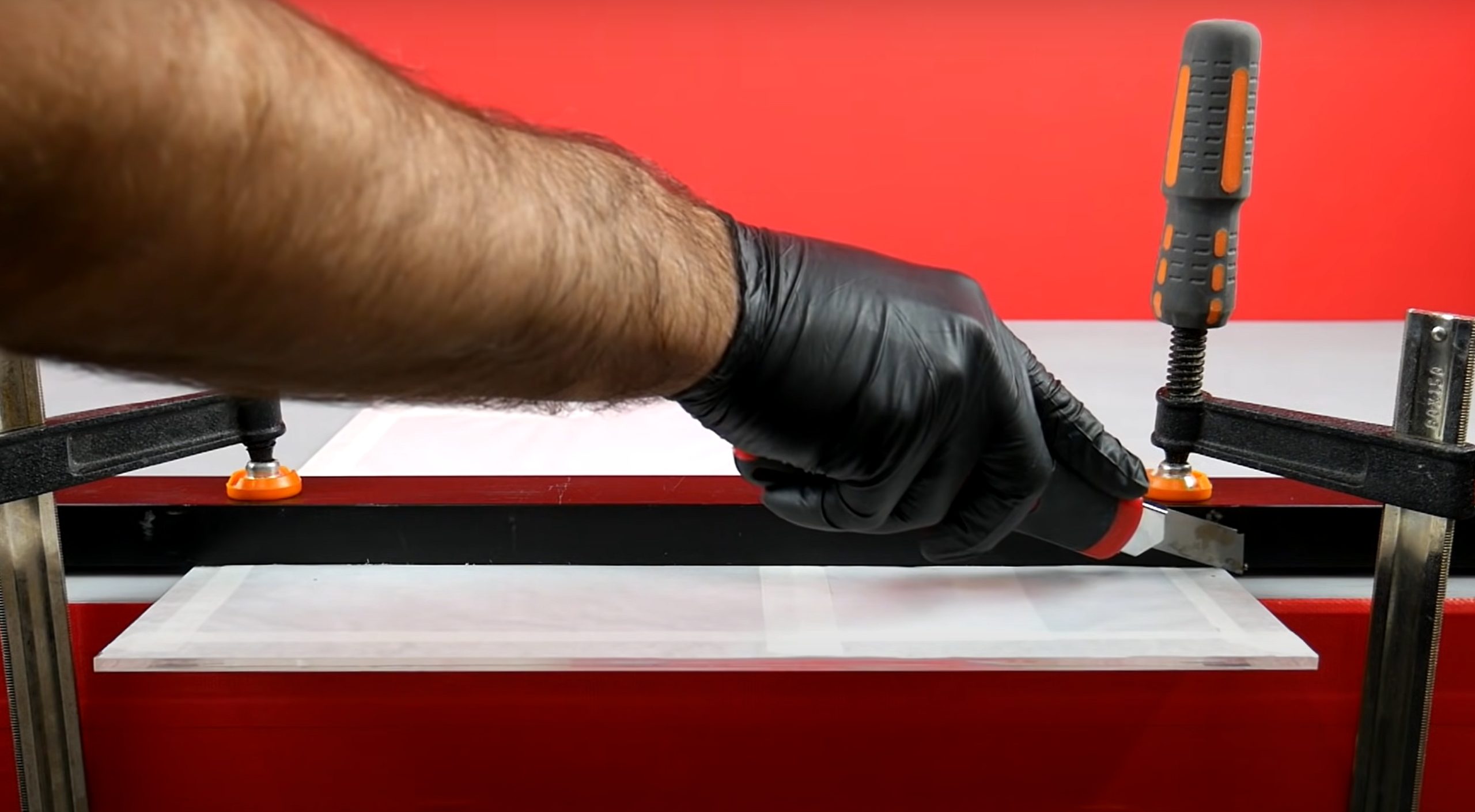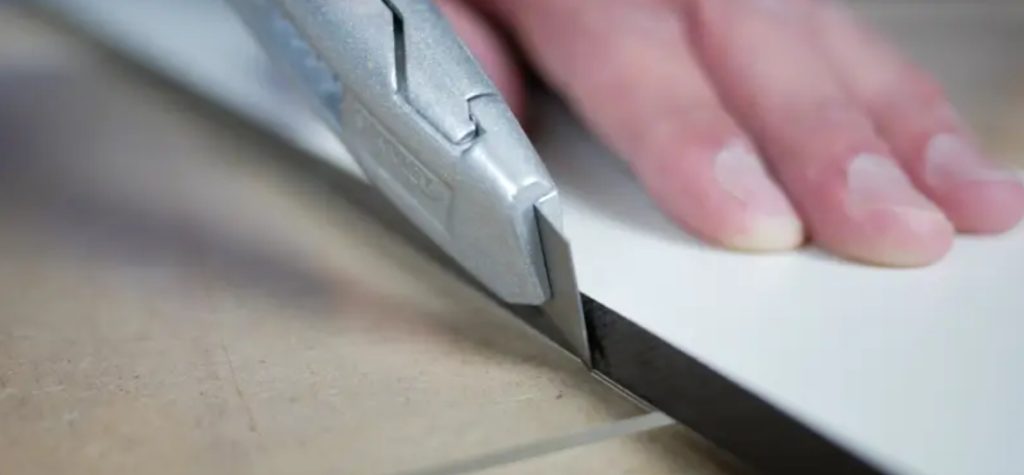Plexiglass or acrylic glass are other names for acrylic sheets, which are highly popular due to their versatility, resilience, and style. Whether a specialist, hobbyist, or do it on your own artist, understanding how to cut acrylic sheets is crucial, and the right outcome and protection can be obtained. This piece will familiarise you with the processes and equipment necessary to cut an acrylic sheet in a professional fashion and security. You will learn everything there is to know to be an aficionado in acrylic materials, from traditional methods to machine replacement.
Overview of Acrylic Sheets
Acrylic sheets, often known by their trade name Plexiglas, are a versatile and durable material widely used in various applications. They offer the transparency and clarity of glass but are half the weight and many times more resistant to impact. Acrylic is used in everything from signage and skylights to aquariums and furniture, proving its adaptability. Its ease of shaping and cutting makes it a favorite among DIY enthusiasts and professionals alike.

To cut acrylic sheets properly is essential to harness their full potential. Precision in cutting ensures that the edges are smooth and free of cracks or chips, which can not only be unsightly but also compromise the structural integrity of the piece. Poorly cut edges can lead to stress points that may crack over time, especially in applications where the material is exposed to pressure or varying temperatures. Furthermore, clean cuts make for easier assembly and a more professional finish.
Tools and Materials for Cutting Acrylic Sheets
Essential Tools
To cut acrylic sheets efficiently, you need a set of essential tools. A utility knife with a replaceable blade is perfect for scoring thin acrylic sheets. For thicker sheets, a fine-toothed saw, such as a jigsaw or a table saw fitted with a blade designed for cutting plastics, is necessary. Clamps are also essential to hold the acrylic sheet securely in place while cutting, preventing any unwanted movement that could result in an uneven cut.
Recommended Materials
In addition to tools, certain materials can significantly enhance the cutting process. Masking tape is useful for marking cutting lines and protecting the surface of the acrylic from scratches. Lubricants like water or a mild dish soap solution can help keep the blade cool and reduce friction, preventing the acrylic from melting. A cutting mat or a sturdy piece of plywood can serve as a stable base, protecting both your work surface and the acrylic sheet.
Safety Precautions
Safety is paramount when cutting acrylic sheets. Always wear protective eyewear to guard against flying debris, and use gloves to protect your hands from sharp edges and hot tools. Ensure your work area is well-ventilated, especially if you’re using power tools, as the friction can produce fine dust and fumes. It’s also wise to wear a dust mask to avoid inhaling any particles. Following these safety precautions helps prevent accidents and ensures a smoother cutting process.
Methods for Cutting Acrylic Sheets
Manual Cutting
Using Sharp Cutting Tools
Manual cutting is best suited for thin acrylic sheets. A sharp utility knife or a plastic scoring blade works well. Start by scoring the acrylic along the desired line multiple times, creating a groove deep enough to snap the sheet cleanly. This method is precise and minimizes waste, ideal for small projects or simple cuts.
Using a Straightedge or Template as a Guide
Accuracy is key when cutting acrylic manually. Using a straightedge or a template ensures straight lines and consistent shapes. Secure the guide firmly with clamps to prevent any movement during cutting. This approach helps achieve professional results, especially for repetitive cuts or patterns.
Cutting Techniques and Considerations
When manually cutting, patience and control are crucial. Make several light passes with the knife rather than trying to cut through in one go. This reduces the risk of cracking. Keep the blade perpendicular to the sheet to ensure a clean, straight edge. After scoring, apply even pressure to snap the sheet along the line.
Mechanical Cutting

Using a Table Saw
For thicker sheets or larger projects, a table saw is highly effective. Equip it with a fine-toothed, carbide-tipped blade designed for acrylic. Adjust the blade height to just above the sheet’s thickness. Feed the acrylic slowly and steadily into the blade to avoid melting or chipping.
Using Rotary Cutting Tools
Rotary cutting tools, such as circular saws, provide versatility and power. Use blades specifically designed for plastics, and keep a steady hand to guide the tool. This method is suitable for both straight and curved cuts, offering more flexibility in your projects.
Other Mechanical Cutting Tools, Methods, and Considerations
Other mechanical tools like jigsaws and CNC routers can also be used for cutting acrylic. Jigsaws are great for intricate shapes and curves, while CNC routers offer precision and automation for complex designs. Regardless of the tool, always ensure it is well-maintained and use blades intended for acrylic. Adjust the cutting speed and feed rate based on the thickness of the sheet to achieve optimal results.
FAQs
How to Choose the Right Cutting Tool?
Choosing the right cutting tool depends on the acrylic sheet’s thickness and the cut’s complexity. For thin sheets, manual tools like utility knives work well. For thicker sheets or detailed cuts, mechanical tools such as table saws or jigsaws are more suitable.
How to Ensure Smooth Edges When Cutting Acrylic Sheets?
To ensure smooth edges, use a fine-toothed blade and take your time. Sand the edges with fine-grit sandpaper after cutting. For a polished finish, flame polishing can be used, but it requires practice and precision.
What Cutting Methods Can I Use to Avoid Cracking and Chipping of Acrylic Sheets?
To avoid cracking and chipping, use sharp blades specifically designed for acrylic. Score multiple times lightly rather than applying excessive force. For mechanical cuts, ensure the blade speed is appropriate for the material thickness.
Are There Any Special Safety Measures Needed for Cutting Acrylic Sheets?
Yes, always wear protective eyewear and gloves. Work in a well-ventilated area to avoid inhaling dust or fumes. Secure the acrylic sheet firmly to prevent movement during cutting, and keep blades sharp to minimize risks.
Where Can I Purchase Acrylic Sheet Cutting Tools and Materials?
Acrylic sheet cutting tools and materials can be purchased at hardware stores, home improvement centers, and specialized online retailers. Brands like Home Depot, Lowe’s, and Amazon offer various tools and supplies suitable for cutting acrylic.
Conclusion
To cut acrylic sheets involves selecting the right tools, securing the material properly, and applying the correct techniques. Whether using manual or mechanical methods, precision, and patience are essential for achieving clean, smooth cuts.
Safety should always be a priority. Using the correct tools and taking proper precautions ensures not only a successful project but also prevents accidents. Always wear protective gear and work in a safe environment.
Cutting acrylic sheets can be a rewarding endeavor that enhances your DIY capabilities. With the right approach, even complex projects become manageable. However, always proceed cautiously, respecting the material and the tools to achieve the best results.


